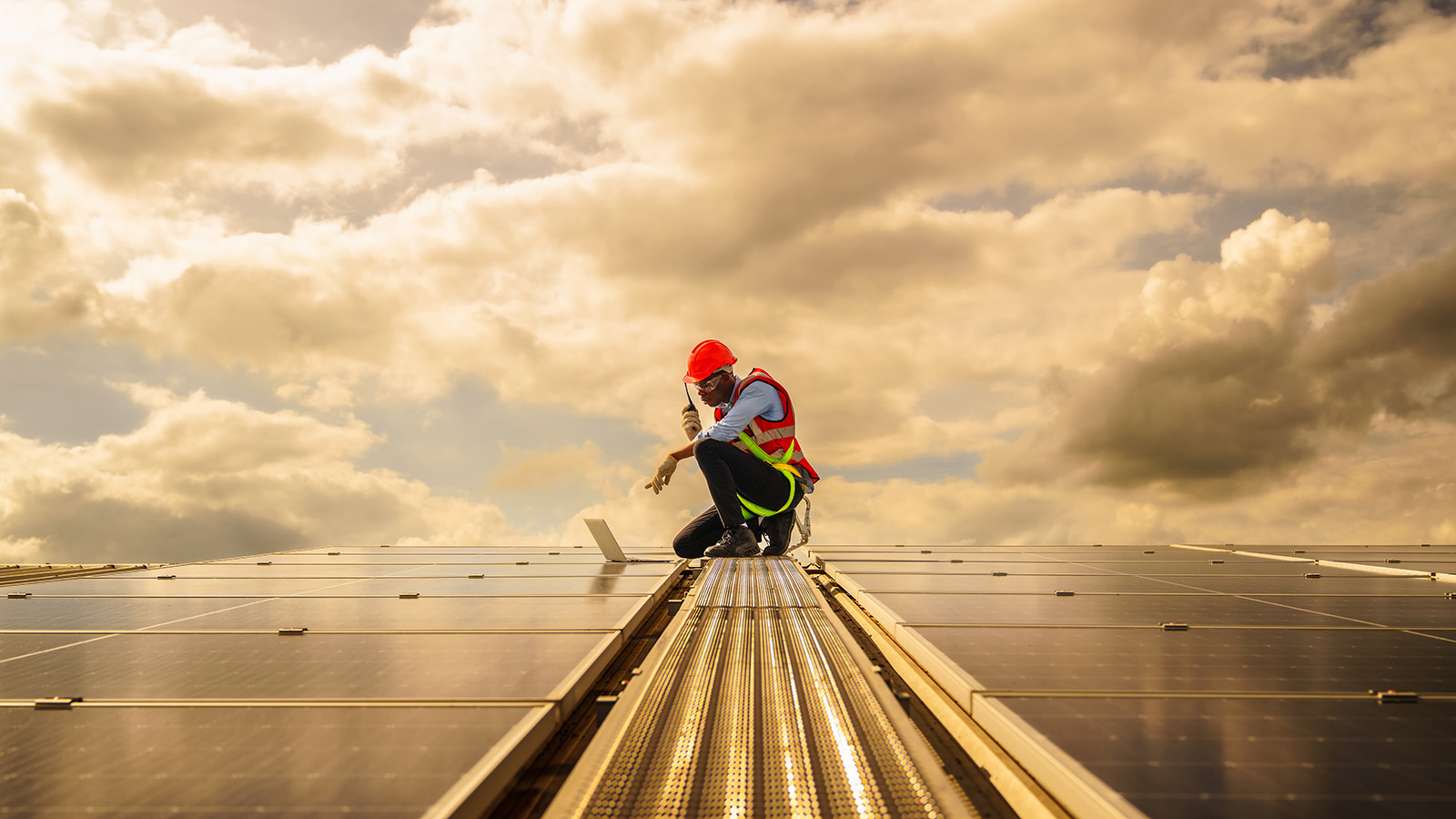
We’ve updated our Net Zero Transition Plan
We’ve published our updated Net Zero Transition Plan (NZTP), setting out an evolved, commercially grounded approach to helping customers succeed as the world moves towards a net zero economy.
Building on our inaugural NZTP published in January 2024, this updated plan reaffirms our ambition to become a net zero bank by 2050, while responding to a global landscape that has shifted markedly, making the pace of transition more uneven.
It’s informed by a deeper understanding of customer transitions, the latest scientific guidance, and the advantages of a simpler HSBC, better equipped to provide banking and investment solutions spanning sectors and value chains.
Progress to date
Since setting a net zero ambition in 2020, we’ve made progress across a number of areas. These include:
- Mobilising $54.1 billion in sustainable finance and investment in the first half of 2025 – a 19% year-on-year increase
- Providing and facilitating $447.7 billion in sustainable finance and investment since 2020, advancing towards our ambition to provide or facilitate $750 billion to $1 trillion by 2030
- Reducing by 30% our absolute on-balance sheet financed emissions (based on the baseline and progress numbers across target sectors reported in our Annual Report and Accounts 2024)
- Reducing by 76% our direct Scope 1 and 2 emissions (from a 2019 baseline)
Customer priority
HSBC-commissioned research of corporate customers in 12 markets shows a majority expect to increase their focus on the net zero transition in the coming years.
Over half (60%) indicated that the transition is a key commercial strategic area of focus for them, and an additional 37% said it is a growing area of focus.
Eight in 10 said they expect their company to accelerate their approach to the climate transition in the next three years.

Our updated plan
The updated NZTP remains structured around three core implementation pillars: supporting our customers, embedding net zero into how we operate, and partnering for an enabling environment.
Building on these foundations, the updated plan intensifies our efforts to be:
- Customer focused: Further aligning our strengths, capabilities and capital to customers’ evolving transition needs
- Commercial: Pursuing with greater clarity the growing opportunities the transition affords our customers, shareholders, and the economies we serve
- Agile: Leveraging our simpler structure and responding pragmatically to a dynamic external environment
To deliver on these priorities, key updates include:
Corporate and Institutional Banking customers
We’ve launched a new joined-up commercial strategy to support Corporate and Institutional Banking customers’ transition, focused on mobilising capital and our capabilities towards areas where customer demand and our real-economy impact are greatest.
Targets review and update
We’ve updated interim sector-specific financed emissions targets from fixed targets to target ranges, in light of a review of current decarbonisation rates, the latest scientific evidence and credible industry-specific net zero pathways.
Associated policies and metrics
We’ve published a new Sustainability Risk Policies Framework, providing a single, clearer overview of how we identify, evaluate and manage risks related to the delivery of our sustainability approach. We’re also exploring additional new metrics, including a method calculating the ratio of financing for low-carbon energy supply relative to fossil fuels.
Driven by greater clarity
Consistent with our 2021 climate resolution, the approach is informed by and aligned with the goals of the Paris Agreement and seeks to balance ambition on net zero while remaining realistic and credible given global developments.
“Our updated Net Zero Transition Plan is driven by greater clarity about our customers’ specific transition needs and the significant, growing commercial opportunities the transition affords them, our shareholders and the economies we serve,” said Georges Elhedery, our Group CEO.
“With our new plan, we are putting HSBC’s strengths and simpler structure to work for our customers with even more intent: supporting today’s economy to decarbonise, and enabling innovation, growth, and significant opportunity in the new economy, while continuing to make progress towards our own net zero ambitions and targets.”
Read more in our quick read.